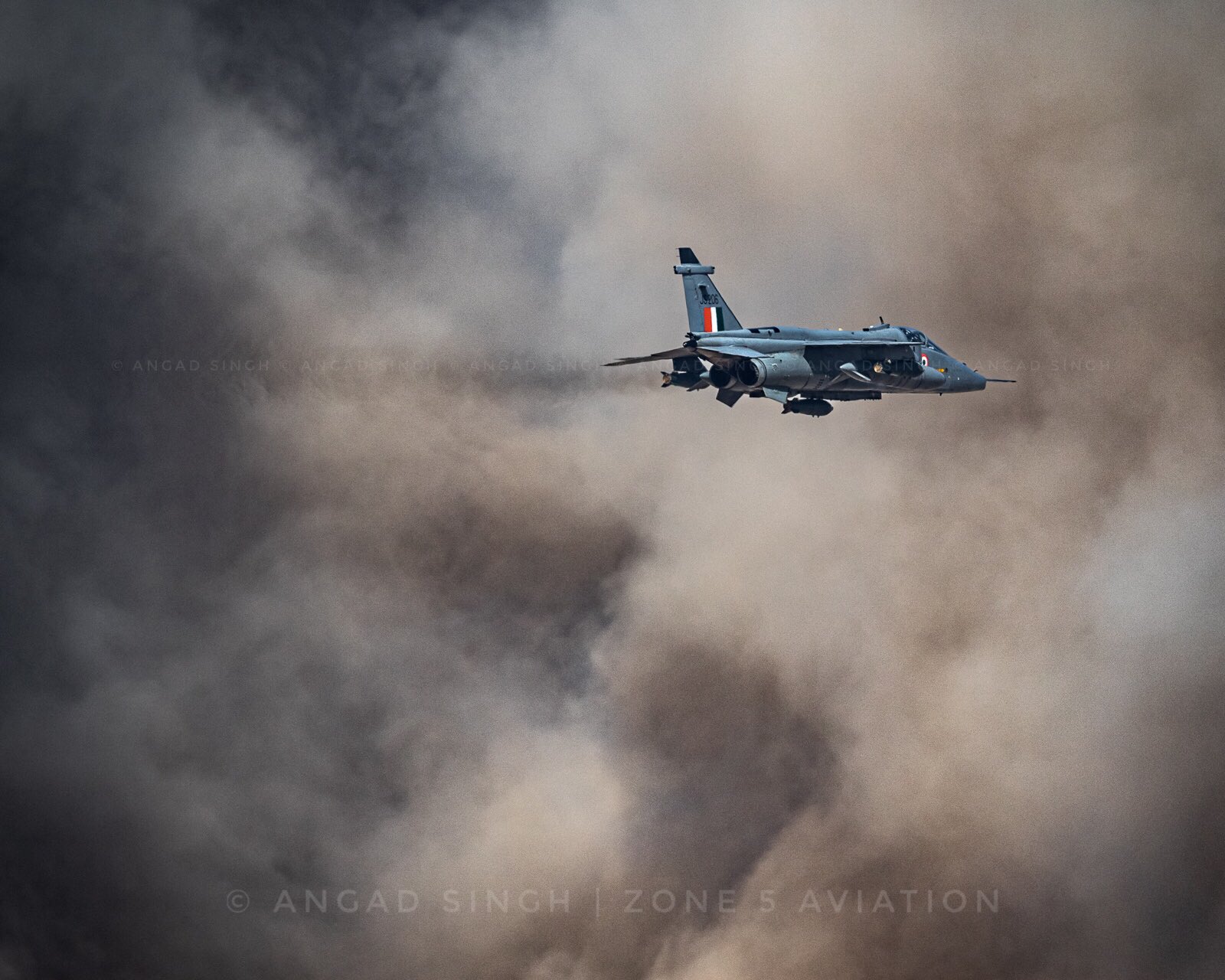in 1971 india managed to reach chor... paf support may not be available, army must look towards drones or attack helis for close air support.
1971 comparison may not be apt for you. At that time there was no radar coverage in Sindh. Moreover, there were no fighters or bases which were there to support any sort of operations in Sindh. These problems have been rectified more than two decades ago.
Regarding Chor (Indians reached this point, almost 50 kms of plain desert, nothing else)......
In 1971 India had its 11 and 12 Divisions, an independent infantry brigade, and a couple of extra tank regiments in the area. It launched 11 Division on the Barmer- Chor axis while 12 Division was to attack from Tanot to Islamgarh and Reti. The 340 (I) Brigade appears to have looked after the Kutch sector.
11 Division’s attack succeeded at first, because the Pakistanis simply fell back on Naya Chor, and then dug in. The Indian attack ground to a halt.
12 Division was thrown off its schedule by a Pakistani attack from the Reti side, consisting of a brigade of 33 Division and a tank regiment. The force was attacked by a Hunter fighter detachment from Jodhpur and withdrew after suffering heavy losses but with its mission accomplished: 12 Division was no more a factor in the war.
India’s several raids into Pakistani Kutch were successful in boosting Indian morale, but could be of no strategic value because of the vast emptiness of the area.
Even when backed up to Naya Chor, Pakistan did not commit any brigade other than the one from 33 Division used in the spoiling attack at Islamgarh. It utilized, instead, mixed ad hoc forces’ consisting of a few companies of regulars, Rangers, and Mujahids. Pakistan has always been especially adept at economically employing such forces to delay India’s advances while conserving i ts regulars. It was thus able to keep in reserve almost its entire forces in Sind.
The operational problem in the Great Indian Desert is, simply, the sand that lies upto 7 meters deep. In the Mideast and North African Deserts the sand cover is shallow. Bulldozers can quickly sweep paths for advancing troops. Wide ranging maneuver is possible, to the extent that the desert actions of World War 2 have been compared to naval battles finding a flank was always troublesome, because both sides would keep going south of each other.
Tracked vehicles have a low footprint - the weight of a 40-ton T-72 tank is distributed along several square meters of tracks, thus reducing pressure on sand to less than that of a two-ton jeep. The jeep will sink into the sand, the tank will float.
Tracked vehicles can move freely in the desert, but not so their wheeled support and the un-mechanized infantry. Some mobility is provided by low-pressure tired vehicle and by aluminum track-ways. The latter is laid at a pace of about 2-3 kilometers an hour by specially equipped vehicles.
There is a difference, however, in laying a few kilometers of matting to help a division across sandy stretches, and laying matting to allow two corps to advance, and two more to operate on their flanks, to distances of hundreds of kilometers.
If the matting stayed laid, there might still be some reasonable prospects of supporting a quarter of a million troops in the desert, provided a very large engineer contingent is available. But because the sand is so deep, it shifts easily under the movement of heavy vehicles, wind and its own internal dynamics. This means the roadways have to be constantly maintained and re-laid.
Once Bikaner-Suratgarh railway line was being re-laid, an Indian newspaper article mentioned a 15-day sandstorm that halted all work. One hates to think what that would do to 40,000 vehicles in the desert.
During the early days of the 1971 War, Mr. K. Subhramanyam suggested that the success in the desert should be reinforced. As advances in other sectors were non-existent or slow, a third division should be committed to the desert. He was told that this was impossible, because our desert terrain required specialized equipment and training: forces from other sectors would not be able to function in this environment at such short notice.
in 1971 india managed to reach chor
I hope you are not calling that an achievement of any sort....Pakistani 18 Division only was responsible for the WHOLE Sind. With good attack ratios, superiority in men and material, and with total IAF superiority, IA reaching CHor, not even the present green belt is nothing. Large tracts of sand are of no use to anyone.









